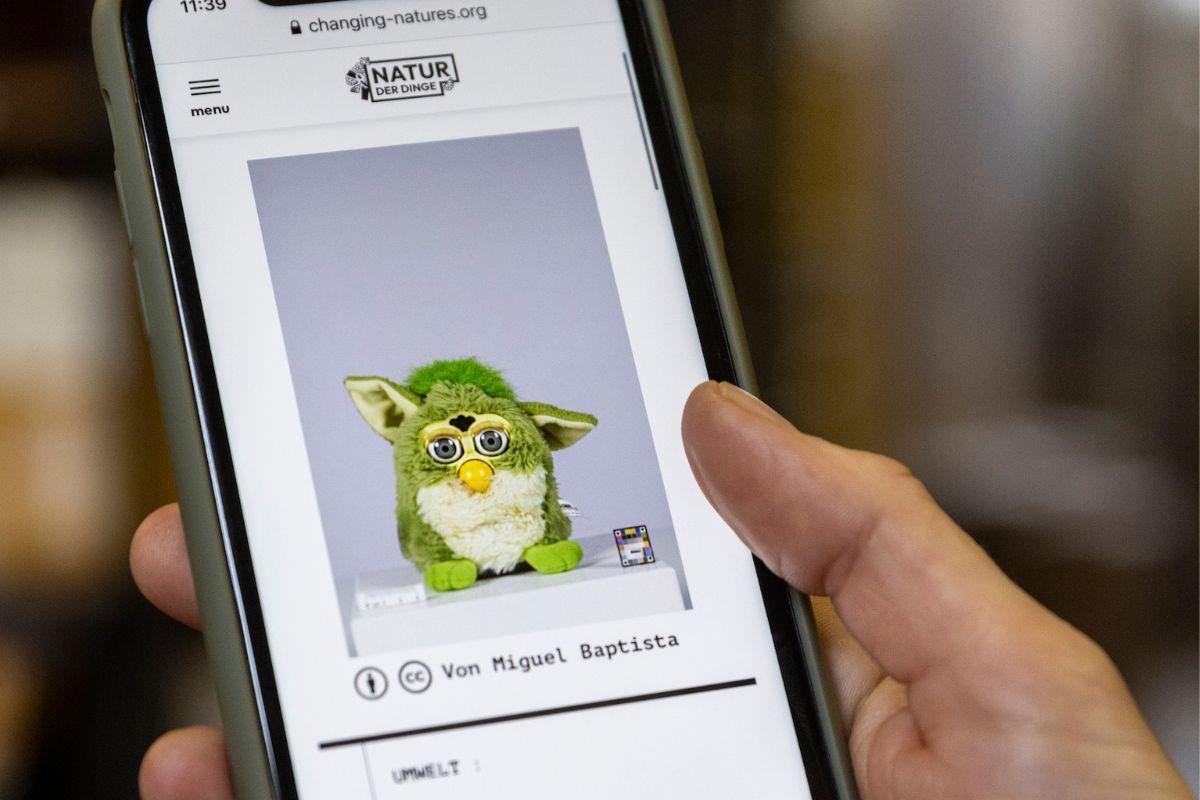Crawford Lake in Canada is the proposed point at which global human influence becomes clearly visible within the Earth's sedimentary layers. This decision by the Anthropocene Working Group provides the basis for scientifically recognizing the Anthropocene and implementing the necessary structural changes in science, politics, business and society. However, the scientific formalization of an "age of man" can only be a beginning: In a participatory collection of the Anthropocene, scientists from the Museum für Naturkunde Berlin are researching together with citizens on individual perspectives on when and how nature was changed by humans.
Since 2009, the interdisciplinary team of researchers of the Anthropocene Working Group (AWG) has been looking for suitable reference points for the beginning of the Anthropocene, the so-called "Golden Spike". The now identified Golden Spike is an important step in the pending decision by the International Union of Geological Sciences to formally recognize the Anthropocene as a new geochronological epoch. Determining such an age also requires making the responsibility of different actors visible from different perspectives.
"We need new approaches to nature and a new way of dealing with it. The Anthropocene clearly shows us that we can only meet the major global challenges together with science, politics, business and society. There is no business as usual!" – Prof. Johannes Vogel, Director General of the Museum für Naturkunde Berlin
The museum is therefore developing new approaches and methods of research on the Anthropocene. In the participatory experiment "Changing Natures" a growing, digital collection is being created that makes everyday objects and personal stories about the Anthropocene scientifically accessible for the first time. In this way, memories are to be made accessible as a repository of broad cultural knowledge about the current change. The focus is not on one definition of the new age: What has changed and for whom? Which global entanglements are behind the local perception, the individual story or the everyday object? The aim is to open up opportunities for a broader dialogue.
The cooperation project with the Natural History Museum in Paris, funded by the Federal Ministry of Education and Research, invites everyone to contribute their own perceptions and objects to the digital collection. Using personal objects, participants show their view of man-made environmental changes in their environment and share their stories and memories.
Picture credits: Pablo Castagnola (not to be passed on to third parties)
